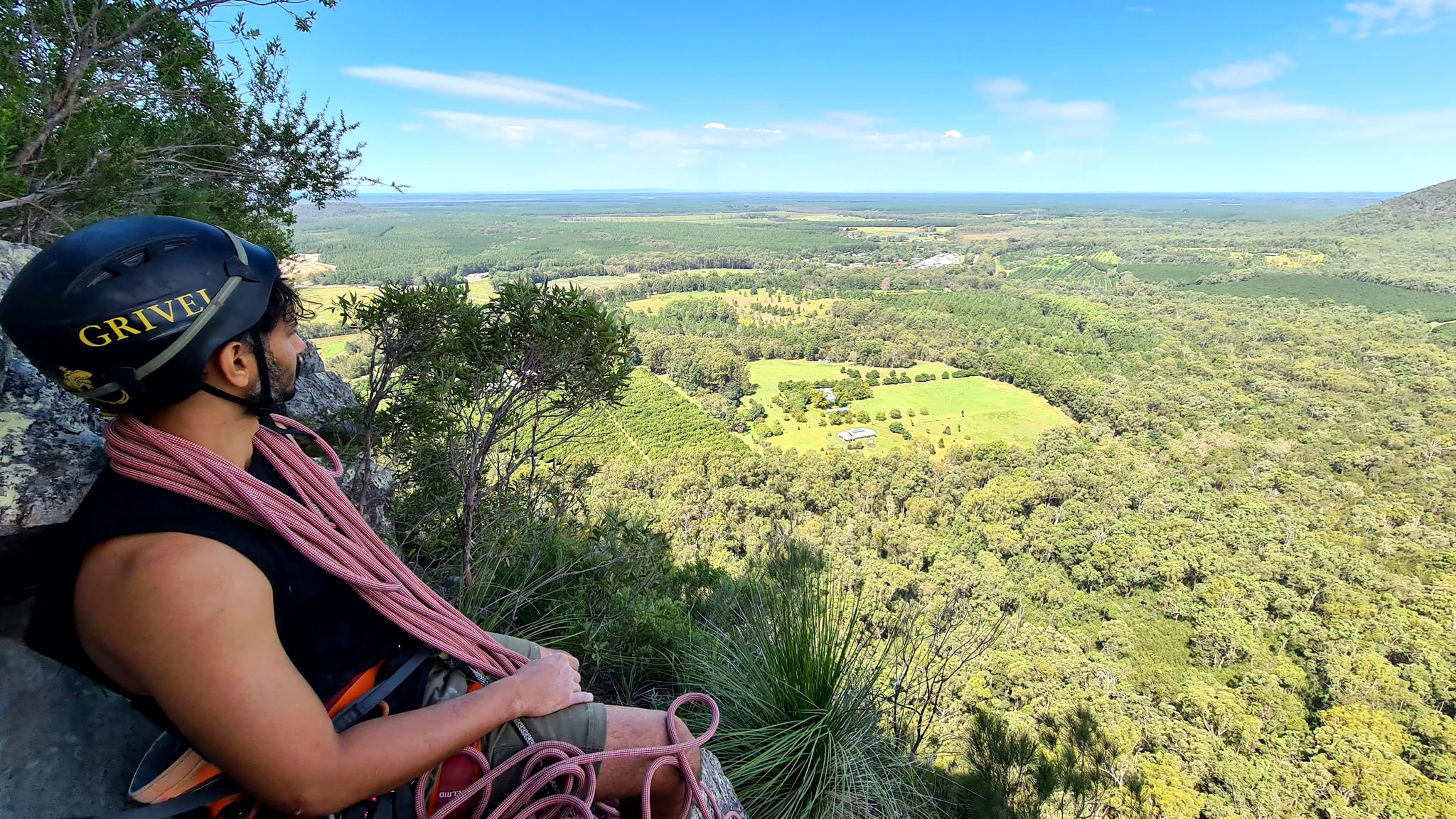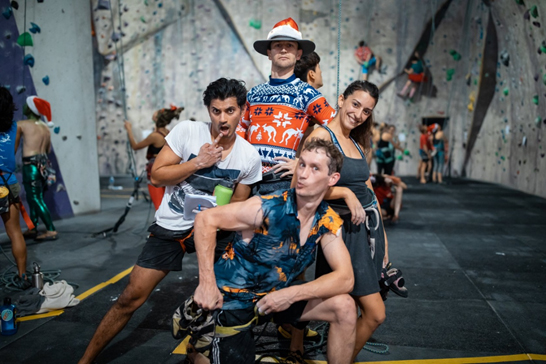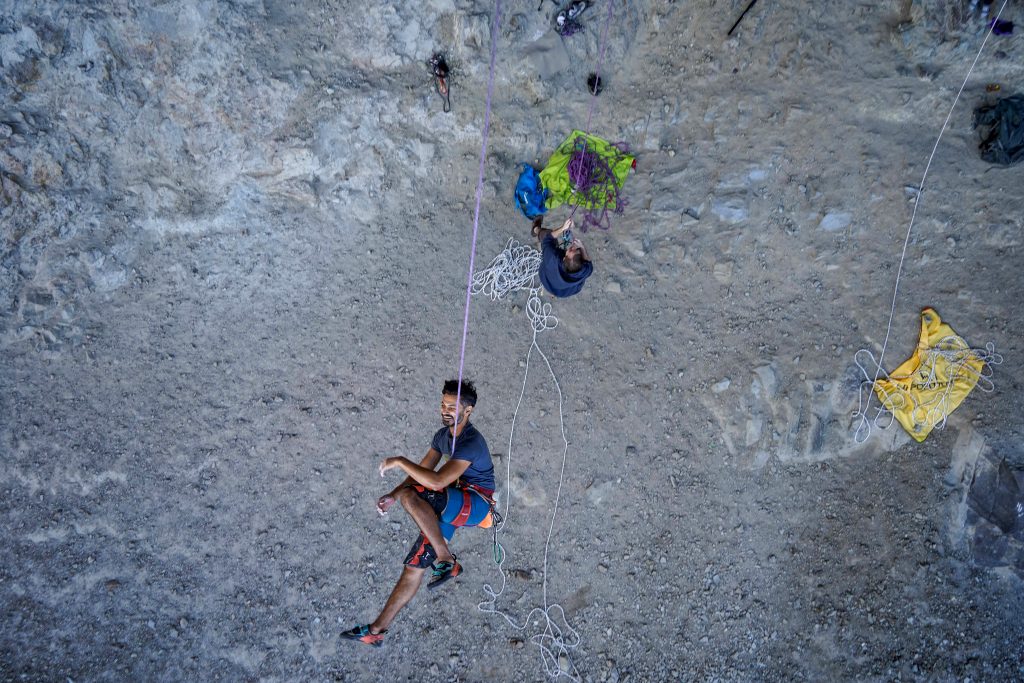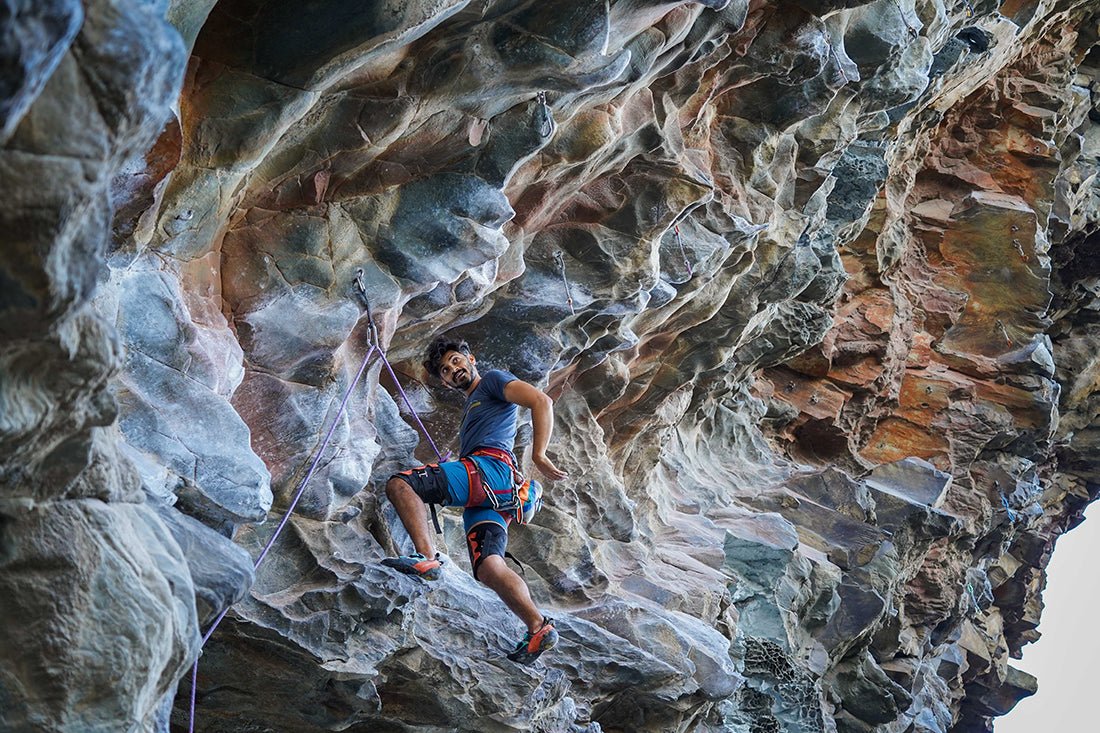Written by K2 Team Member, Manny More
It starts with a visit to one of the local climbing gyms. You pay for your day pass, jump on the “beginner problem” and crush it.
“Pfft, that was way too easy. I didn’t know I had all this upper body strength”, you say.
Confidently, you jump straight to a moderate grade problem because “you’re better than climbing easy stuff”.
Fail.
Instead, you watch a young shirtless stallion walk up and smash the problem like it’s no big deal. You cry internally.
“Why are my arms so weak? It’s like I did those two pull-ups last year for nothing!”
Continue attempting to get the problem till your hands can’t even lift a pencil. Finally, all you can do is accept defeat.
You lower yourself back to doing the easy climbs as you should have from the beginning.
By now, you used up all your strength on the harder problem, so you struggle.
Go home, cry some more, and come back in a couple of days.
Not because you want to, but because you paid $35 on your first trip and they offered you a whole free week. Plus “mama didn’t raise no quitter”.
You jump back on the same hard problem, this time crushing it. Time to flex in front of the other climbers like Conor McGregor.
Congratulations! You are now a climber.
If you are still reading, maybe you are looking for something more. Perhaps you want to climb outside, on an actual rock in the fresh air, with serene surroundings and the thrill of pushing through your fears. For that, you’ve come to the right blog.

The basics
Rock climbing is considered an extreme sport so it’s necessary to have a sound understanding of exactly what you’re getting into. For starters, there are 3 main styles of rock climbing:
Bouldering, Sport and for the daring thrill-seekers, Trad (Traditional) Climbing.
Regardless of what discipline you decide to follow, it usually involves someone taking you outdoors on an easy(ish) crag to get your head around the concept and to teach you the right techniques.
How to find a climbing crew
“Where do I find people willing to teach me the ways of the rock climber?”
Coming from someone who has been involved in multiple sports in the past, I can confidently say that you will find the climbing community to be the kindest and supportive in helping you start. From offering strategic tips to cheering you on like a family member at the Olympics, even while struggling in the gym, climbers are the friendliest group of strangers you will meet.
Chances are that you will also have a similar experience and meet a bunch of cool cats at the gym who will take you under their wing to show you the ropes. This sort of welcoming is a fantasy in many other sports that I have been lucky enough to experience myself.

However, if you’re not so lucky, fear not! There are plenty of outdoor recreational groups that offer training services for rock enthusiasts like you! These include organisations such as Climbing Guides Australia, Rocksports and the Australian School of Mountaineering that run group training sessions at local crags offering handy tips to get you in the game.
If you are wanting a more personal training session, I recommend Craig Saddler from Summit Adventures. Craig offers guides for smaller groups and is very accommodating to your skill levels and needs.
Besides the training you receive from a guide, I would recommend doing some additional research on self-rescue techniques through YouTube. Simple tricks such as tying knots, making a prusik will help should you find yourself in a pinch out in the wilderness.
Am I ready to go climbing without supervision?
Given that climbing is a partnered sport (unless you are Alex Honnold), it’s often required that you bring another person along who knows what they are doing. Generally, climbers stick with the group of people they learnt to climb with. This allows you to get used to each other's climbing style, learning what each other's strengths and weaknesses are and most importantly, you learn to trust each other.

The other unspoken advantage of a climbing crew is that you get to build a climbing rack together, which saves having to buy all the gear on your own. I highly recommend buying your first set of gear with someone else. Not only does this save you money but it also teaches you how not to treat your gear.
Often the first bit of gear that you purchase is going to get trashed - not because you are a bad climber but because it is the only way to learn. It also makes sense to have the gear you put through the learning phase of your climbing journey be the gear you didn’t spend a fortune on.
Collecting Gear
Now that you have conditioned your hands by climbing in the gym, you have likely also convinced yourself that you want to pursue this hobby and are willing to invest money and time into it.
“This time it’s different, I really like climbing and I can see myself doing this for a long time.”
(Meanwhile the drum set you bought back in 2018 stares at you from the garage with disdain.)
Unlike other extreme sports, you can get into rock climbing without investing a heap of money into it. You can always start by buying a basic lead kit and seeing where it takes you in a month. Then you can decide whether you want to commit further.
All you need to get you started are:
- A pair of basic shoes
- A harness
- A chalk bag
- A set of carabiners
- A sling
- A couple of sets quickdraws for climbing (ideal to have approx. 10-12 on hand)
- A 50m rope
- A helmet.
This list is the minimum requirement of the gear you need to climb outdoors. But to be completely honest, when I first started climbing outdoors, I only had a pair of shoes, a chalk bag and a harness and depended on whoever was willing to take me climbing outdoors to bring the rest of the gear.
Climbing Ethics
It’s not uncommon for brand new climbers to come into the scene with a naive nature. Yes, you are excited to be part of this amazing rapidly growing community and you have just picked up this cool hobby that you can practice at your own leisure whenever you feel like it.
But there are a few things to consider before you go out into nature and let your free spirit loose. Since most of the crags around Australia are part of national parks, ensure that you are mindful of others who also are enjoying the parks:
- Practice leaving no trace of your visit behind and take your rubbish with you.
- Keep the noise to a minimum. Avoid bringing your Bluetooth speakers in the hopes of putting on a live DJ set while others are trying to enjoy the sounds of nature in peace.
- Hogging climbs is selfish so share the wall with others who have hiked up to the crag.
- Finally, we all love a crag dog where parks allow but make sure they are always on a leash.
Most importantly, respect the land you have been given the privilege to climb on.
Happy Sending!


